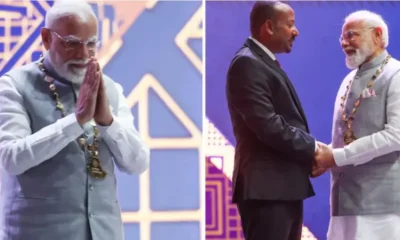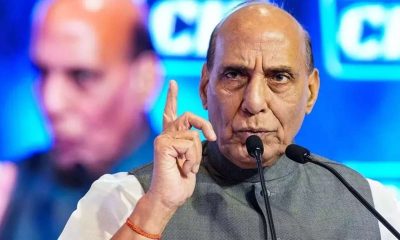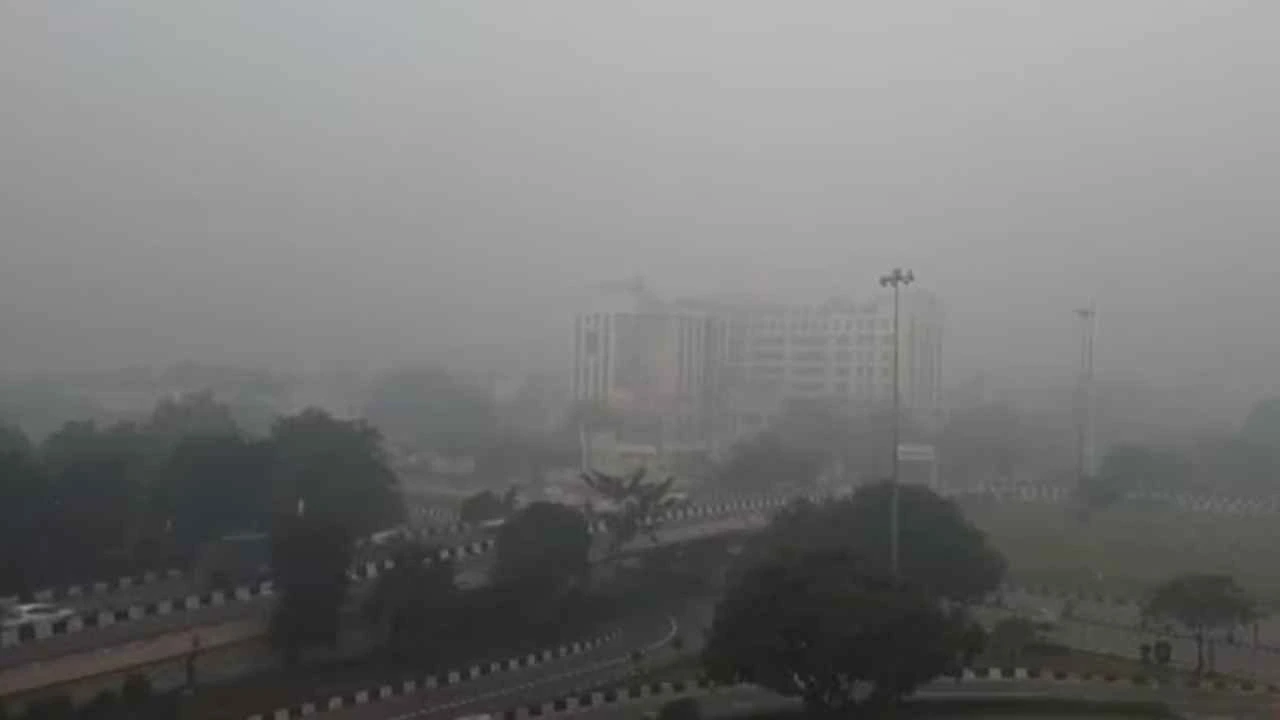Prime Minister Narendra Modi on Sunday hailed the PM GatiShakti National Master Plan and said it has emerged as a transformative initiative aimed at revolutionising India’s infrastructure by boosting multimodal connectivity, driving job creation, and improving logistics for Viksit Bharat.
In a post on X, PM Modi said the seamless integration of various stakeholders has led to boosting logistics, reducing delays and creating new opportunities for several people.
The Prime Minister highlighted that the initiative is transforming the infrastructure of the country driving progress, entrepreneurship and innovation.
“PM GatiShakti National Master Plan has emerged as a transformative initiative aimed at revolutionizing India’s infrastructure. It has significantly enhanced multimodal connectivity, driving faster and more efficient development across sectors,” he said.
PM GatiShakti National Master Plan (PMGS-NMP) was launched on October 13, 2021, to provide multi-modal connectivity infrastructure to various economic zones.
PM GatiShakti is a transformative approach for economic growth and sustainable development which is driven by seven engines – railway, roads, ports, waterways, airports, mass transport and logistics infrastructure.
The Ministry of Commerce and Industry, in its release on Saturday, highlighted the international outreach of the PM GatiShakti initiative. It said the diplomatic engagements are underway with countries such as Nepal, Bangladesh, Sri Lanka, Madagascar, Senegal, and Gambia to promote the utilisation of PM GatiShakti and geospatial technology in integrated infrastructure planning.
Furthermore, the government is contemplating granting access to non-governmental users to non-sensitive and shareable data relevant to infrastructure planning and development activities, ensuring the utmost security.
Regarding the accomplishments of the PM GatiShakti initiative in the past three years, the release pointed out that PM GatiShakti has successfully established the foundation for multi-modal connectivity and enhanced economic growth by fostering synergy among ministries, states, and union territories.
In three years, the initiative has integrated 44 central ministries and 36 states/union territories, incorporating over 1600 data layers, making it an indispensable tool for infrastructure project planning and execution.
Additionally, the release mentioned that more than 200 major infrastructure projects have been assessed by the Networking Planning Group (NPG) based on the principles of PM GatiShakti.
Moreover, the release emphasised that all 36 states and union territories have developed PM GatiShakti National Master Plan portals in alignment with the PM GatiShakti platform to synchronize infrastructure assets and bolster regional development.
This unified approach has facilitated the streamlining of capital investment by states for expediting infrastructure development, with over 533 projects being mapped on the PM GatiShakti portal.
Acknowledging the alignment with the National Logistics Policy (NLP), the release highlighted the role of PM GatiShakti in addressing crucial infrastructure gaps, reducing logistics costs, and enhancing India’s logistics performance.






















